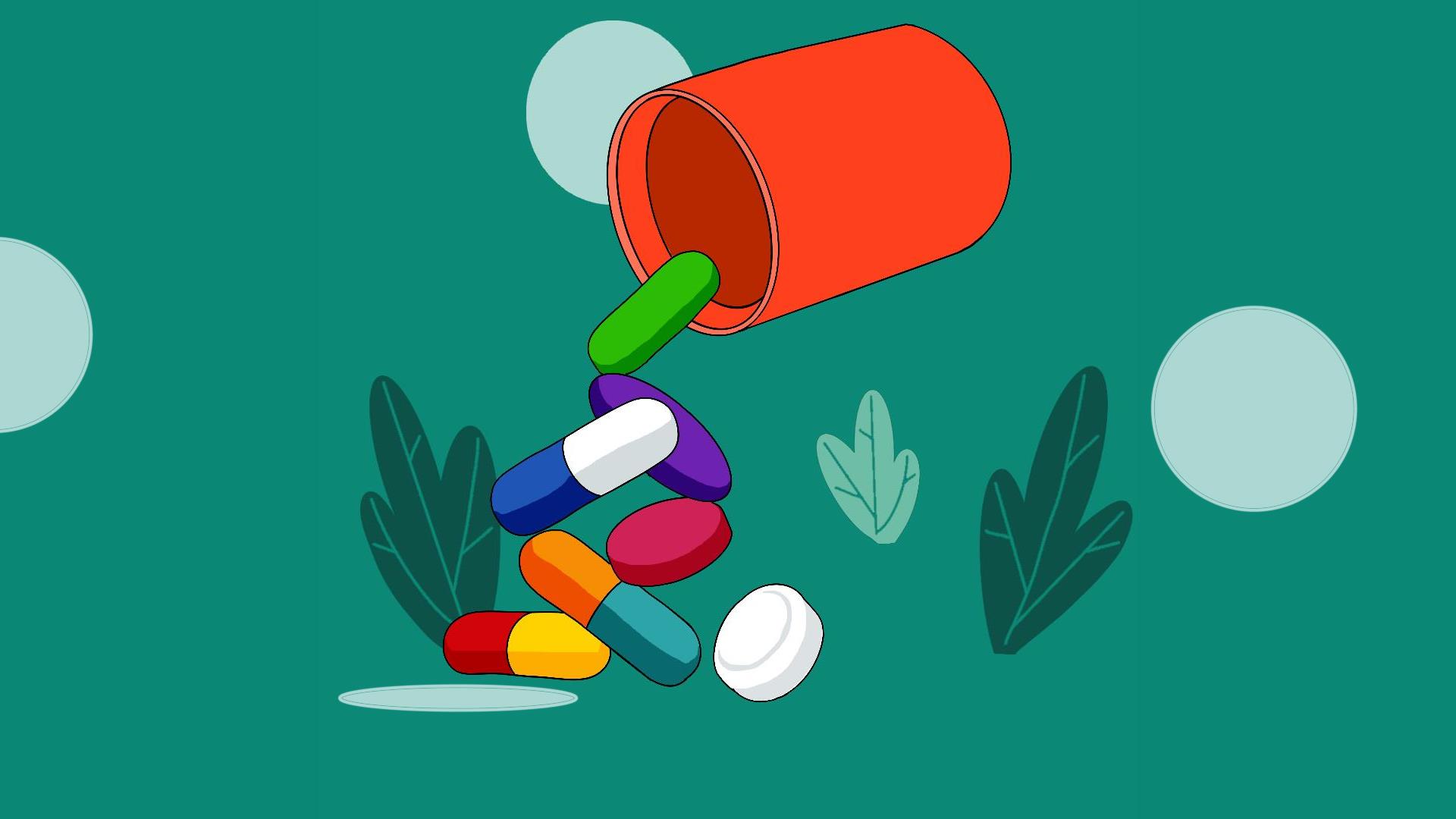🎧 Listen to: Antibiotics

Antibiotics
What are antibiotics?
In Africa, infections like pneumonia, tuberculosis, and urinary tract infections are common, and many people turn to antibiotics to treat them. However, not everyone understands what antibiotics really do or how to use them properly.
Antibiotics are medicines used to treat infections caused by bacteria. They work by either killing the bacteria or stopping them from multiplying. Antibiotics are not the same as painkillers or malaria drugs, and they do not work against viruses like the common cold, flu, or covid-19.
Common forms of antibiotics include:
- Tablets
- Capsules
- Liquids
- Creams and ointments
How common are antibiotic-resistant infections in Africa?
Antibiotic resistance is a growing concern in Africa. Studies show that up to 40% of bacterial infections in some African countries no longer respond to common antibiotics. This means diseases that used to be easy to treat, like pneumonia and urinary tract infections, are becoming harder to cure.
Each year, antibiotic-resistant infections lead to thousands of deaths because people misuse antibiotics. Many people take antibiotics without a prescription, stop taking them too soon, or use them to treat illnesses they shouldn’t, like colds or viral fevers.
Common misconceptions about antibiotics?
Many Africans have misconceptions about antibiotics, leading to misuse. Here are some myths and the truth:
- “Antibiotics should be taken whenever you feel sick.” False – Antibiotics only treat bacterial infections, not all illnesses.
- “Breaking a capsule before swallowing makes it work faster.” False – Breaking a capsule might make the medicine ineffective or cause side effects.
- “You can share antibiotics with family members if they have similar symptoms.” False – The wrong antibiotic may not work and can make the infection worse.
- “If you feel better after a few doses, you can stop taking the antibiotics.” False – Stopping early can cause the bacteria to become resistant, making future infections harder to treat.
What is antibiotic resistance?
When bacteria become resistant to antibiotics, it means the medicine no longer works against them. This happens when:
- People use antibiotics when they don’t need them
- People don’t finish their prescribed antibiotics
- Antibiotics are misused in farming and food production
Some deadly antibiotic-resistant infections include:
- Clostridioides difficile (C. diff): Causes severe diarrhea, often in people who have taken many antibiotics.
- Methicillin-resistant staphylococcus aureus (MRSA): A skin infection that is resistant to many antibiotics.
- Vancomycin-resistant enterococcus (VRE): A bacterial infection that affects the bloodstream and urinary tract.
When should you take antibiotics?
Antibiotics are only needed for bacterial infections such as:
- Pneumonia
- Urinary tract infections (UTIs)
- Severe sinus infections
- Strep throat
They do not work for:
- Colds and flu (caused by viruses, not bacteria)
- Fungal infections like athlete’s foot or yeast infections
- Most cases of diarrhea (unless caused by a bacterial infection)
Side effects of antibiotics?
Most antibiotics are safe but can have side effects, including:
- Stomach pain or cramps
- Nausea and vomiting
- Diarrhea
- Skin rash
- Yeast infections
In severe cases, antibiotics can cause:
- Blood in the stool
- Severe allergic reactions
- Kidney or liver damage (in rare cases)
If you experience serious side effects, see a doctor immediately.
How to use antibiotics effectively?
To make sure antibiotics work when you really need them, follow these simple rules:
- Only take antibiotics if prescribed by a doctor. Don’t buy them over the counter or from unverified sources.
- Take the full dose as prescribed. Don’t stop taking them just because you feel better.
- Never share antibiotics. What works for one person may not work for another.
- Do not use leftover antibiotics. Each infection requires a specific antibiotic and dosage.
Why this matters for Africa?
With limited healthcare resources in many African countries, the rise of antibiotic-resistant infections is a serious threat. If antibiotics stop working, diseases that were once easy to cure could become deadly.
By using antibiotics wisely, we can:
Protect future generations
Reduce unnecessary deaths
Prevent the spread of resistant bacteria
